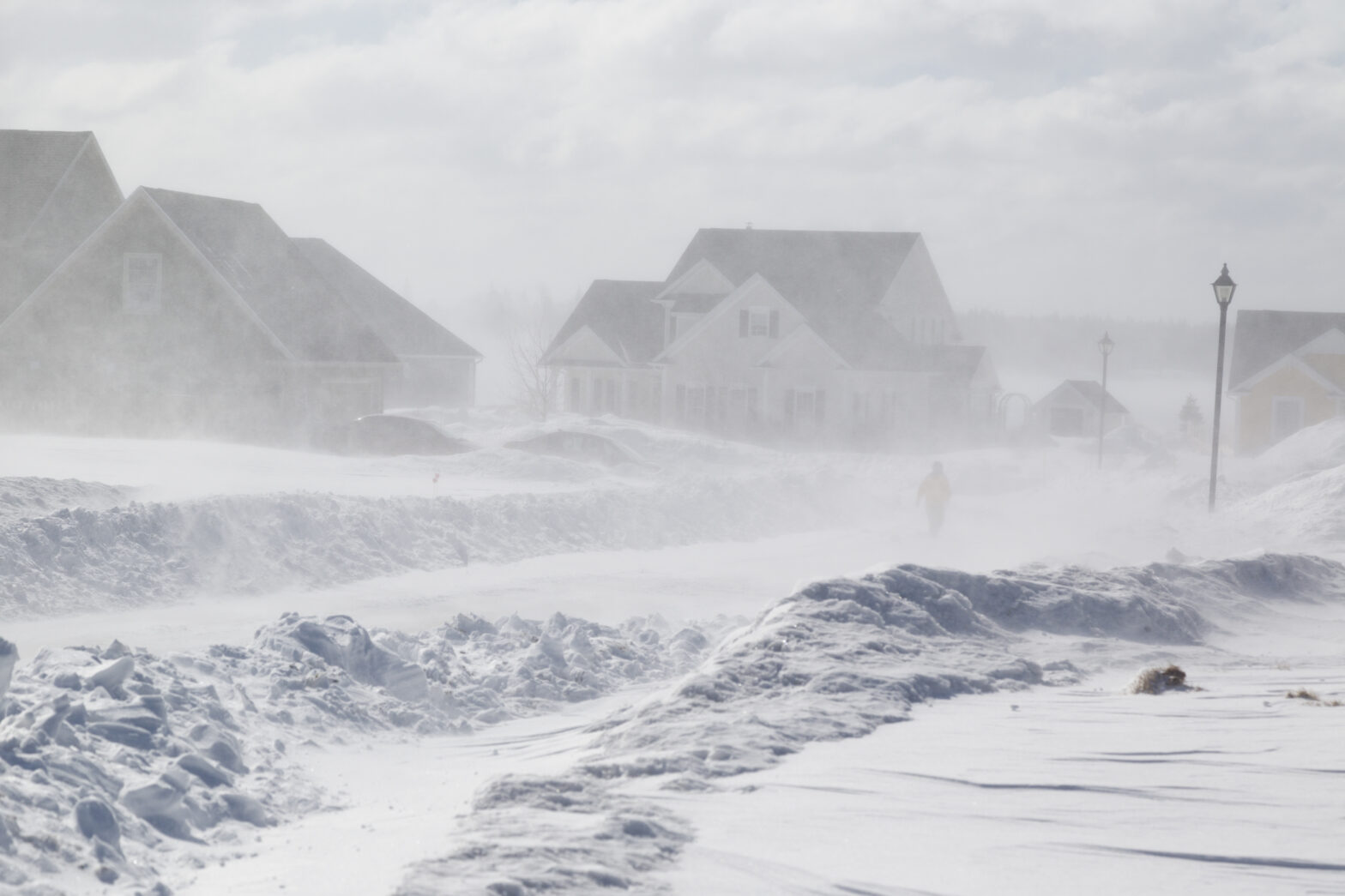At this time of year many can relate to the classic Game of Thrones line, “Winter is Coming,” and even more can agree with Sansa that winter is already here.
As thoughts of mulled wine, bobble hats and Yule Logs are top of mind for most, IT professionals in certain areas of the country are fraught with worry about the chaos winter weather can cause to their data centre.
Hacks, ransomware attacks and data losses have caught many headlines over the past year as their frequency increases and their impact widens.
But, with the worst of the winter weather still ahead of us, the damage Mother Nature can inflict can often take a back seat to these more high profile causes of downtime, especially when it comes to disaster recovery planning.
For many disaster recovery is becoming a part of everyday reality, and like the Night’s Watch provides backup on the Wall to protect the Seven Kingdoms, disaster recovery plans provide additional security should a data centre become breached by foe or formidable weather.
With so many more companies experiencing an outage of some description, it is now more a case of when, not if, downtime will happen.
>See also: Recovery is the new backup: a blended solution is the key
However, DR planning often happens in the wake of a disaster, when it is too late to ensure business continuity.
Whether it is White Walkers or winter storms, plans may be put in place to ensure continuity of kingdom or company. But is business continuity guaranteed by simply implementing a recovery process or do you need to ensure the resiliency of IT to guaranteed minimal downtime and maximum business success?
A DR Plan with the strength of an army, but the agility of Jaqen H’ghar
Whether creating a DR plan for the first time or updating an existing one, there are three key considerations to include to ensure the plan is robust, effective and allows true recovery to take place.
First, a clearly documented failover process is a must for a DR plan to be successful, but an automated one is better. Manual failover processes have many steps and each manual step is an opportunity for a mistake to be made.
An automated failover ensures consistency and repeatability while eliminating the risk of mistakes while ensuring fast, seamless and predictable recovery.
Once organisations have an automated and well-documented failover process, next they should create an automated and well-documented failback process.
>See also: Understanding the difference between DRaaS and Backup
During downtime companies want business continuity, but once they are back up and running, they want to be able to transfer the data from the DR site back to the production site.
Finally, what do you do if the DR site is down? Weather incidents can span large areas and move over the course of a couple of days to impact different parts of the country or world, even taking down the principle and DR site with one heavy layer of snow.
This is why it is critical to multiple layers in your DR plan. For example, recovering to a public cloud provider can offer greater geographical diversity to avoid situations like this.
Cloud-based recovery: a weather repellent
As more and more IT teams find themselves working in the cloud, why not use this to your advantage when winter weather threatens.
By monitoring winter weather patterns, IT teams can see blizzards coming and move their data and applications before the damage hits.
This sort of proactive movement of data is impossible with a traditional data centre, of course, but for those organisations embracing virtual, cloud-ready IT environment, it is a reality.
>See also: IT disaster recovery: flooding lessons learned
Disaster recovery strategies through a public or hybrid cloud environment allow organisations to be proactive in the face of winter weather. For those situation where predicting the severity of a storm is inaccurate, organisations can still react quickly within minutes.
Lacking the infrastructure dependencies that prevent easy movement, critical applications can securely live and move between multiple on-premises and cloud environments.
Old ways of protecting data centres against winter weather are no longer adequate in today’s always on business world, but by enabling replication to hypervisors, storage and the cloud, organisations can decide in each situation where the best place for their data to live will be.
Sourced by Peter Godden, VP EMEA at Zerto







